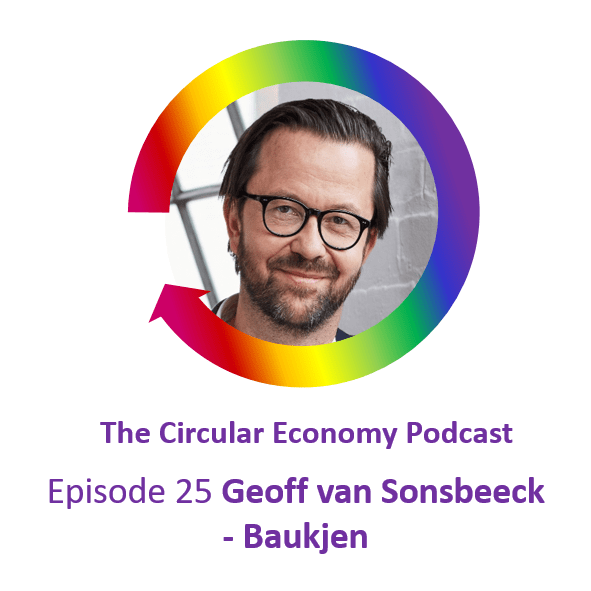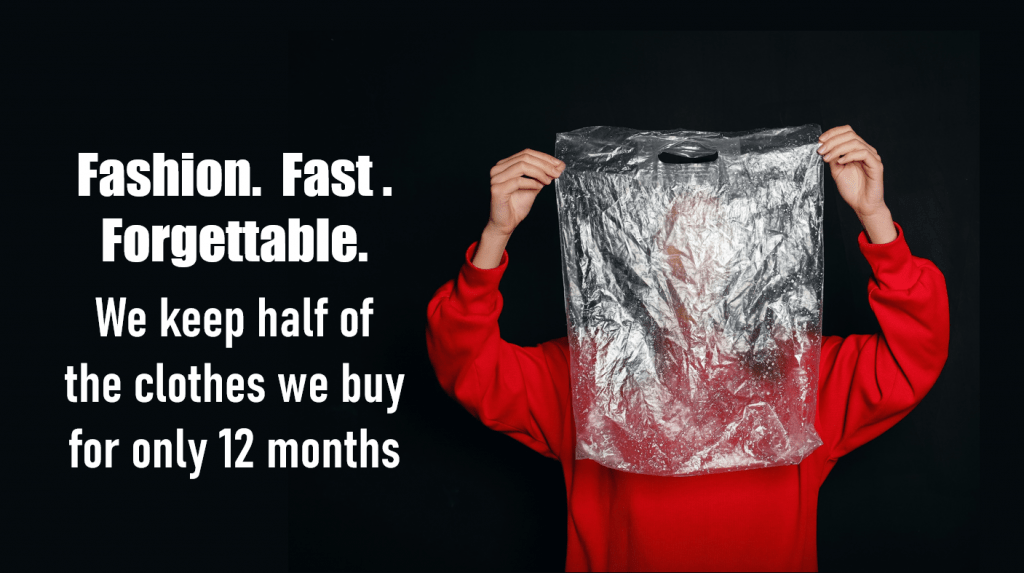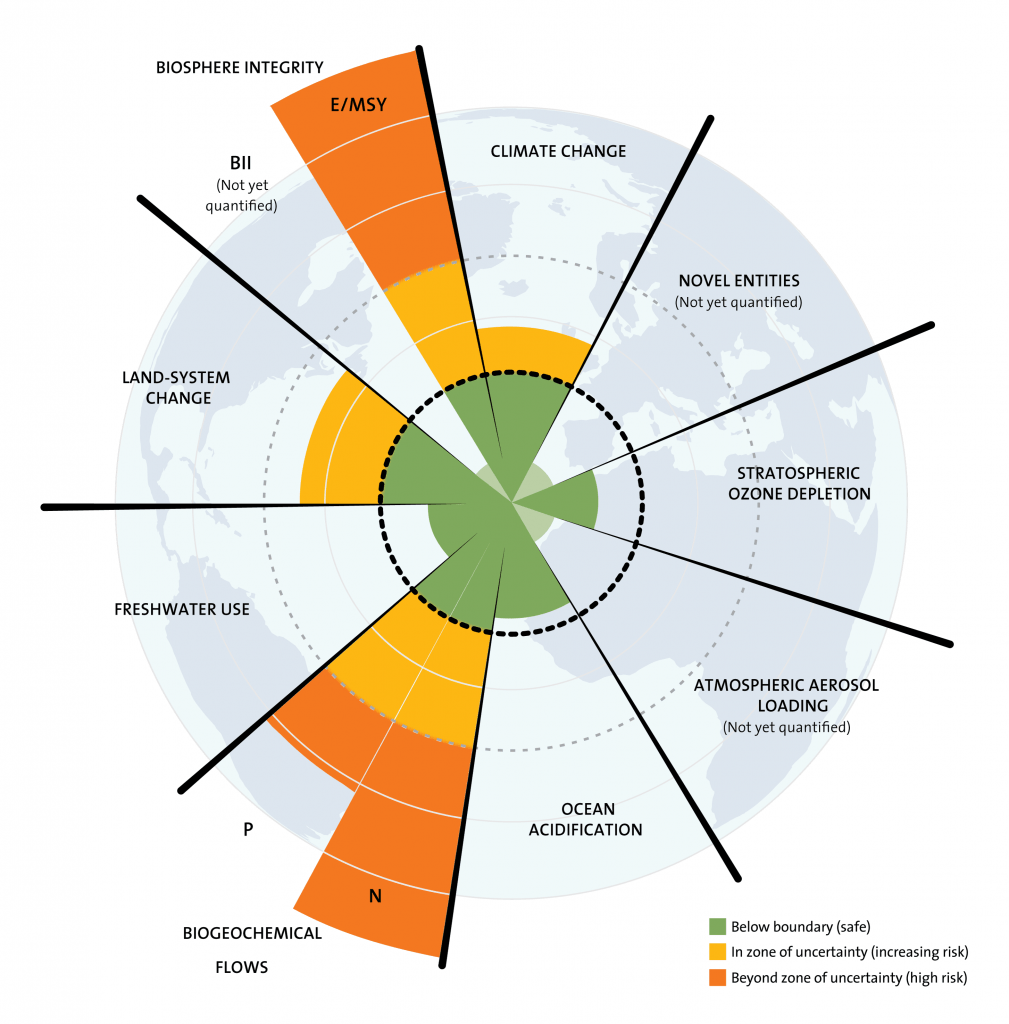Skills| Slow, sustainable fashion | Recommerce not recycling | Thriving post-pandemic |
It’s better to be slow and careful in the right direction, than to be fast and careless on the wrong path
We help entrepreneurs, companies and business leaders discover and use the circular economy – to build profitable, resilient, sustainable and successful businesses. We believe in a circular economy that is fair, transparent and inclusive, to create a better world for everyone.
Welcome to the latest round-up of what we’ve shared, and what’s inspired us. In this issue:
Writing this, in April 2020, most of the world is either in ‘lockdown’ or is practising ‘social distancing’, to slow the spread of Coronavirus and (hopefully) help humanity emerge from the global pandemic. The news is a mixture of statistics and stories of infections and deaths, together with economic predictions and a sprinkling of articles on ‘how to stay cheerful/cut your own hair/connect with your community’. There’s a few useful life skills in this Chicago Tribune article, including sewing on a button and knife skills. Plus, check out iFixit if you want to learn repair skills!
In this issue:
- Episode 25 of the Circular Economy Podcast, with Geoff van Sonsbeeck of Baukjen
- Fashion: from fast and forgettable to slow and sustainable – why purpose-driven brands are choosing circular strategies
- What we’ve been reading – why recommerce trumps recycling
- Thank you letters
- Optimism and Outrage – our latest, including thriving post pandemic
Did you receive this email from someone else? You need your own! Stay in touch for free circular economy insights and updates, direct to your Inbox.
Don’t want to hear from us any more? Just unsubscribe!
Episode 25 of the Circular Economy podcast, with Geoff van Sonsbeeck of Baukjen
Geoff van Sonsbeeck is the Co-Founder and CEO behind the direct to consumer womenswear brands BAUKJEN and ISABELLA OLIVER, and has been at the forefront of the slow, sustainable fashion movement for over 15 years.
We talk about how the two brands are building on their durable and timeless design ethos and evolving a range of circular practices. These include takeback schemes, resale, and rental. Baukjen is also switching to more sustainable fabrics – even moving away from organic cotton.
We also discuss how consumer attitudes are changing, including the growing interest in fashion rental.
Will fast fashion survive the coronavirus lockdown? Big brands are cancelling orders and treating their suppliers as disposable. The time is right for slow, sustainable and circular fashion.
We go behind the scenes to look at how Baukjen takes a different approach, with beautiful, timeless designs and ethical, more sustainable production. We examine Baukjen’s circular and partnership approaches through the lens of Permaculture. Read the blog here.
What we’ve been reading & listening to
Continuing with the fashion theme, our friends at Circle Economy, the employee-cooperative consultancy, published an interesting piece about circular, fair fashion, on Medium (back in January). The article, Unwanted clothes, happy workers: Exploring the potential for circular textiles to have a positive impact on work and workers, notes that markets for circular business models are showing significant growth. The recommerce market expected to almost double its size by 2023, and the online rental market growing at an annual rate of 11 per cent – both much faster than traditional retail. It highlights the European Union’s communications on a Green New Deal, based on fair and just transition principles and embedding ‘job-intensive circular activities’.
Circle Economy report that while textile collection volumes are still increasing, the potential for reuse of these textiles is not. Worryingly, the business case for collectors is becoming unsustainable. The reasons behind this vary, and include lower material quality, contamination with household waste, worn or damaged garments and market saturation. The upshot is that these textiles have little recovery value and so are downcycled – or, worse, landfilled or incinerated. As Tom Ogonek of Close the Loop said in episode 21 of the Circular Economy Podcast – “once it’s burnt, it’s gone”.
However, new textile-to-textile recyclers are emerging. These specialists are using technologies and manual sorting to identify materials, remove hardware and labels and other pre-processing steps to improve the effectiveness and value-recovery of the recycling process.
By helping us understand the complexities, challenges and costs of recycling textiles to create new garments, the report reminds us that recycling should be our last resort. It is the least effective circular strategy. We should prioritise recommerce, not recycling. (Read why in my blog from last summer: The best circular strategy is NOT recycling)
Instead, our priority should be to keep the garments in use:
Firstly, keep it for longer (and ‘slow the flow’ of resources) by choosing quality, timeless well-designed garments, and caring for them.
Secondly, by getting more use out of our apparel. How? We can wear it more often (so we need less clothing overall). Alternatively, we can rent or resell it so more people can wear it and keep it ‘in the system’. (Read about clothing rental and subscriptions in my blog: The ‘new normal’ – why renting clothes is better for us, our planet, and our babies)
If we design garments for a circular economy, we keep them in the loop. When they are faded, worn or damaged, they can be refurbished, repaired and maybe even remade into a new garment. This creates potential for new businesses, like The Renewal Workshop – and of course can create new jobs.
‘Zooming out’ to economics
Leading economist Robert Stiglitz gave his thoughts on the economic implications of the Coronavirus pandemic, on BBC Radio 4’s Today programme, 9th April (at 16:30 minutes into the programme)
Thank you letters
Thanks to our friends at LUP Global for sharing some of our recent work. LUP Global is now rolling out its Circular Asset Management program, with online workshops coming soon. LUP explains how procurement teams can reduce costs as well as improve the environmental performance for their companies – read more here: Circular Procurement of under-utilised assets – Why? A supply chain perspective
And thanks to Bec Evans, author of How to Have a Happy Hustle, for posting a link to a new column in The Atlantic by @Arthur C. Brooks: ‘How to Build a Life’. Bec highlighted a quote from the first article, which Catherine used in this week’s blog – Fashion: from fast and forgettable to slow and sustainable. Brooks says “One of the most robust findings in the happiness literature is the centrality of productive human endeavour in creating a sense of purpose in life…. What makes work meaningful is not the kind of work it is, but the sense it gives you that you are earning your success and serving others.”
Thank you to ShareCloth.com, for letting us use their infographic on Fashion overproduction in the same blog.
Optimism and outrage
Inspired by the ‘Outrage and Optimism podcast‘ by Christiana Figueres (Executive Secretary of the UNFCCC 2010-2016), Tom Rivett-Carnac (ex UNFCCC and CDP) and their team at Global Optimism, we’re highlighting things we’re feeling outraged by…
In Fashion: from fast and forgettable to slow and sustainable, we see how big corporations are showing their true colours under the pressures of the pandemic. Some are finding ways to do more good, others (like Airbnb in Insights #19) are emphasising the exploitative basis of their business models. As The Guardian reported on 16 April, Arcadia Group (owners of TopShop and Miss Selfridge brands) is estimated to have cancelled orders worth over £100 million from suppliers in some of the world’s poorest countries. The Workers Rights Consortium says actions like this are likely to force suppliers into bankruptcy, leaving thousands of workers with no income. It’s worth remembering that those lower-income countries will struggle to provide an economic safety net for these workers.
A week later, news sources reported that Arcadia had served notice to the landlords of 100 of its retail stores. The reports said this could be a negotiation tactic rather than an intention to close the stores.
And it’s always good to finish on a note of optimism – how can we thrive after the pandemic?
This month, Amsterdam announced that it will use economist Kate Raworth’s Doughnut Economics model to guide it out of the post-pandemic mess. As the Guardian reports, city officials have been working with Raworth and using her model to plan how to rebuild the city.
Using the model has led to a revolution in how the city sees its future, as part of a global system. As the Guardian says: ‘Out with the global attachment to economic growth and laws of supply and demand, and in with the Doughnut model devised by Raworth as a guide to what it means for countries, cities and people to thrive in balance with the planet.’
If you’re not familiar with the Doughnut, it consists of two rings.
The outer ring represents the planetary boundaries, as drawn up by international scientists working with Johan Rockstrom at the Stockholm Resilience Centre in 2009.
The scientists identified the nine processes that regulate the stability and resilience of the Earth system. They proposed ‘quantitative planetary boundaries within which humanity can continue to develop and thrive for generations to come.
Crossing these boundaries increases the risk of generating large-scale abrupt or irreversible environmental changes.’ These include climate, soils, oceans, the ozone layer, freshwater and abundant biodiversity.
In other words, we need to stay within the boundaries (inside the ring) to avoid those critical risks.
The inner ring of Raworth’s doughnut sets out the minimum we need to lead a good life. These factors are derived from the UN’s sustainable development goals. They include food and clean water, housing standards, sanitation, energy, education, healthcare, gender equality, income and political voice.
In other words, we design cities, economies, businesses and other systems to stay within the two rings – not exceeding the planetary boundaries, and ensuring everyone has what they need for a good life. In other words, staying inside the doughnut, meeting the needs of humans and our living planet.
This fits how we at Rethink Global see how future-fit businesses should operate – using fair trade and labour, being responsible and transparent, and with inclusive business models (eg employee ownership, cooperatives, social enterprises).
For more, Kate Raworth’s original blog about the launch, which has links to the Doughnut tool, cowritten by Doughnut Economics Action Lab, Biomimicry 3.8, Circle Economy and C40 Cities.
Hope you have a good week…


